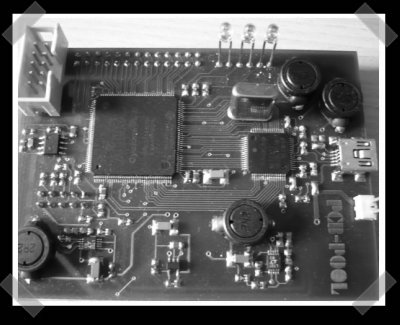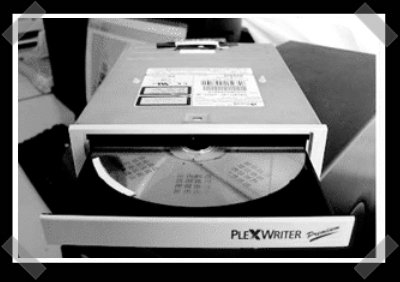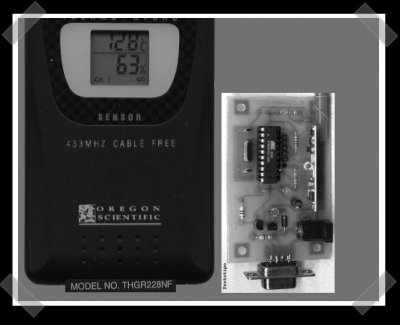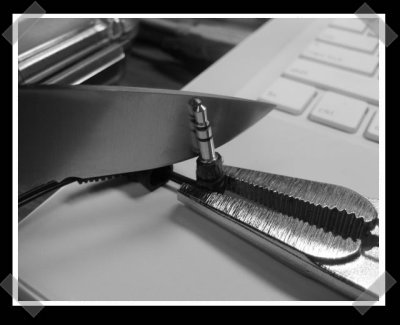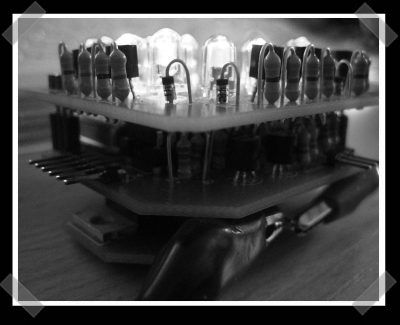
While [Will] goes and hides in his offshore datashelter, Hack-A-Day is happy to welcome back our veteran foreign correspondent [fbz]. She promises future posts will have far less ‘German by example’. -[Eliot]
The Fnordlicht is a color mixing LED platform with free hardware schematics and open source firmware initially started by [fd0]. The system is dynamically controllable (via RS-485) and can also work as a standalone with pre-loaded color mixing. I have one of these soldered up and working at home; the circuits come in a stack of three boards with an optional serial level shifter board add-on. There are project pages in German about the Fnordlicht as well, which include some photos of the first prototype. Full kits (“Fnordlicht Bausatz” means “Fnordlicht kit”) and printed circuit boards (“Fnordlicht Platinensatz ohne Bauteile” means “Fnordlicht circuit board set without parts”) can be purchased from their shop, but be sure to ask them first about shipping prices to your location. I love this project, I fire it up and stick it in a corner of my hack room to add some color-changing atmosphere.
A while ago [Eliot] covered the MoMolight, a color changing led project controlled by the colors playing on your monitor.

